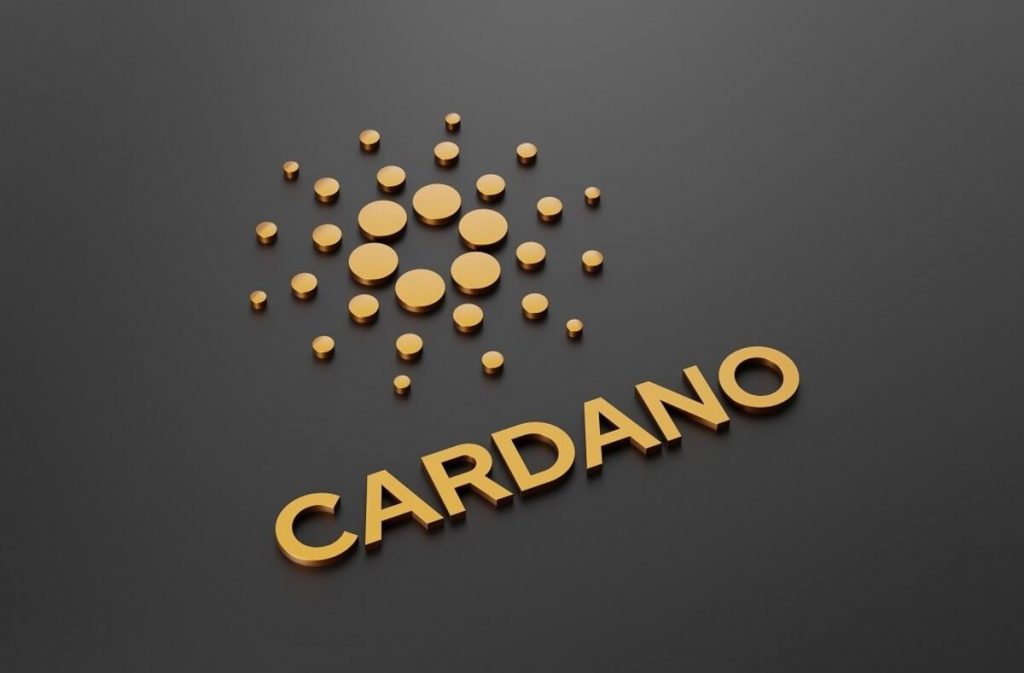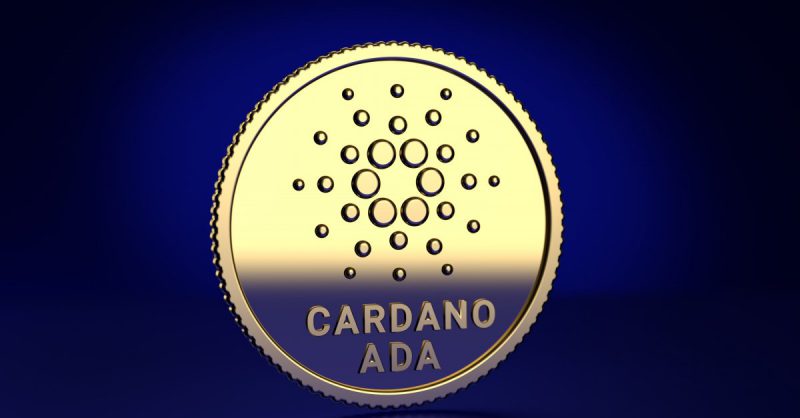Cardano was founded in 2017 and was named after the Italian polymath Gerolamo Cardano. Cardano’s inventor, Charles Hoskinson, announced the introduction of the Alonzo hard fork in August 2021, causing a jump in the price of Cardano, which climbed by 116% the next month.
Just like Ethereum’s merge, the Vasil hard fork launch is one of the most anticipated upgrades by the team. Even though the upgrade faced some hindrances throughout the journey, it is set to happen very soon.
If you have some ADA resting in your wallet, here is how you can stake your Cardano ADA to earn passive income.


How to Stake ADA?
Staking Cardano is relatively simpler as compared to other coins. You can basically choose a stake pool operator to take over the duty of staking. The operator can be chosen by analyzing the previous work and performances. The stake pool operators are basically a group of people with the necessary hardware and knowledge of staking.
Once you have chosen your pool, you can move forward with delegating your tokens. Each of Cardano’s “epochs,” or divisions of time, comprises 432,000 one-second intervals called “slots.” This indicates that an epoch usually lasts five days.
A snapshot that is taken after each epoch calculates the reward distribution. You can begin ADA staking depending on your expertise. To begin with, download any of the following wallets. Yoroi for beginners and Daedalus for intermediate users.


Download either of the wallets, take, for example, the Yoroi wallet. Once installed, it appears as an extension on your browser. Browse through the dashboard and select the “delegation list” tab.
You will find information about different pools. This includes the Return of ADA, Pool Size, Pledge, Costs, and Blocks. Do your own research and select the pool that suits you the most. Once you have chosen your pool, allocate your Cardano ADA and click on the delegate option. That’s it. Your ADA is now staked.





